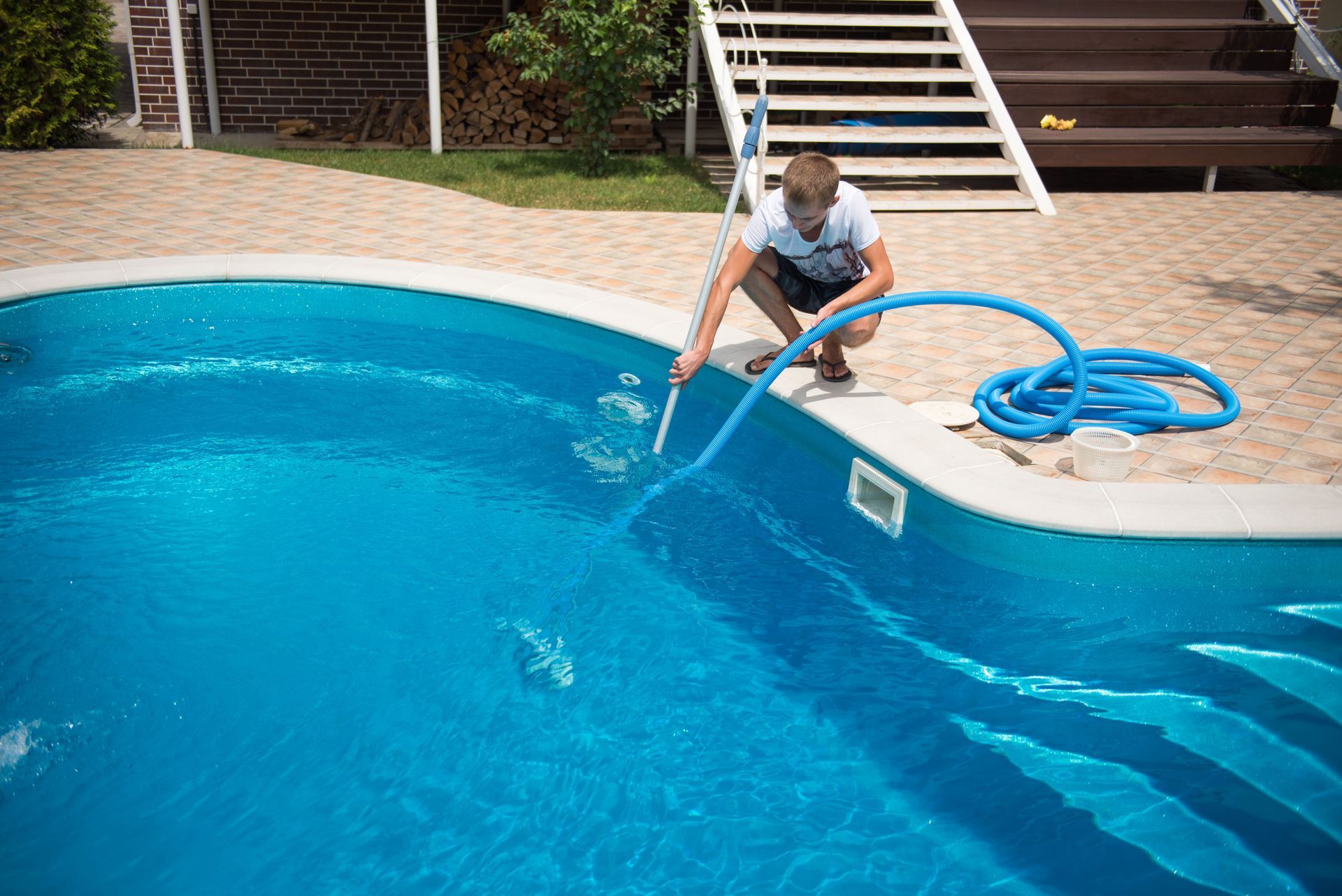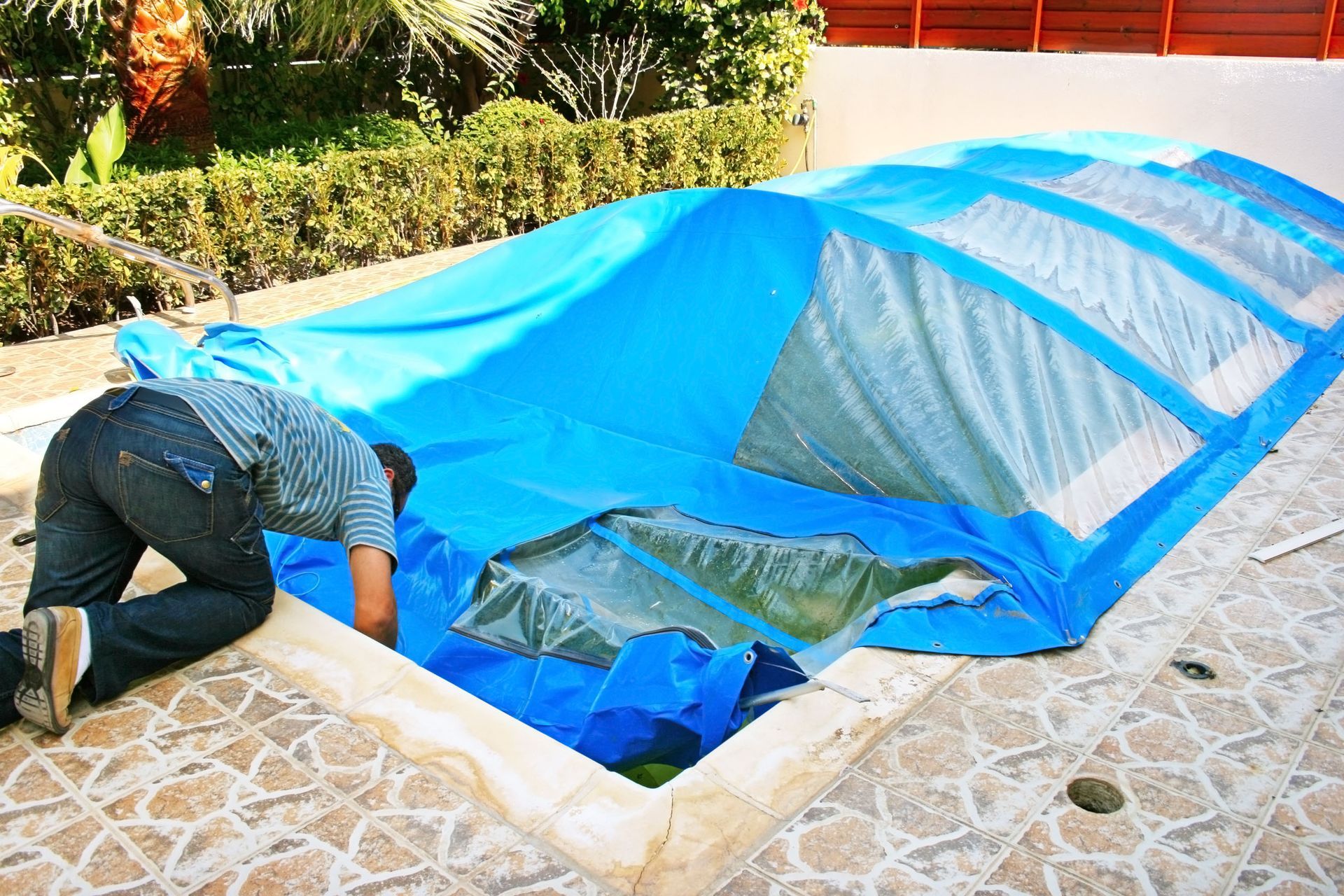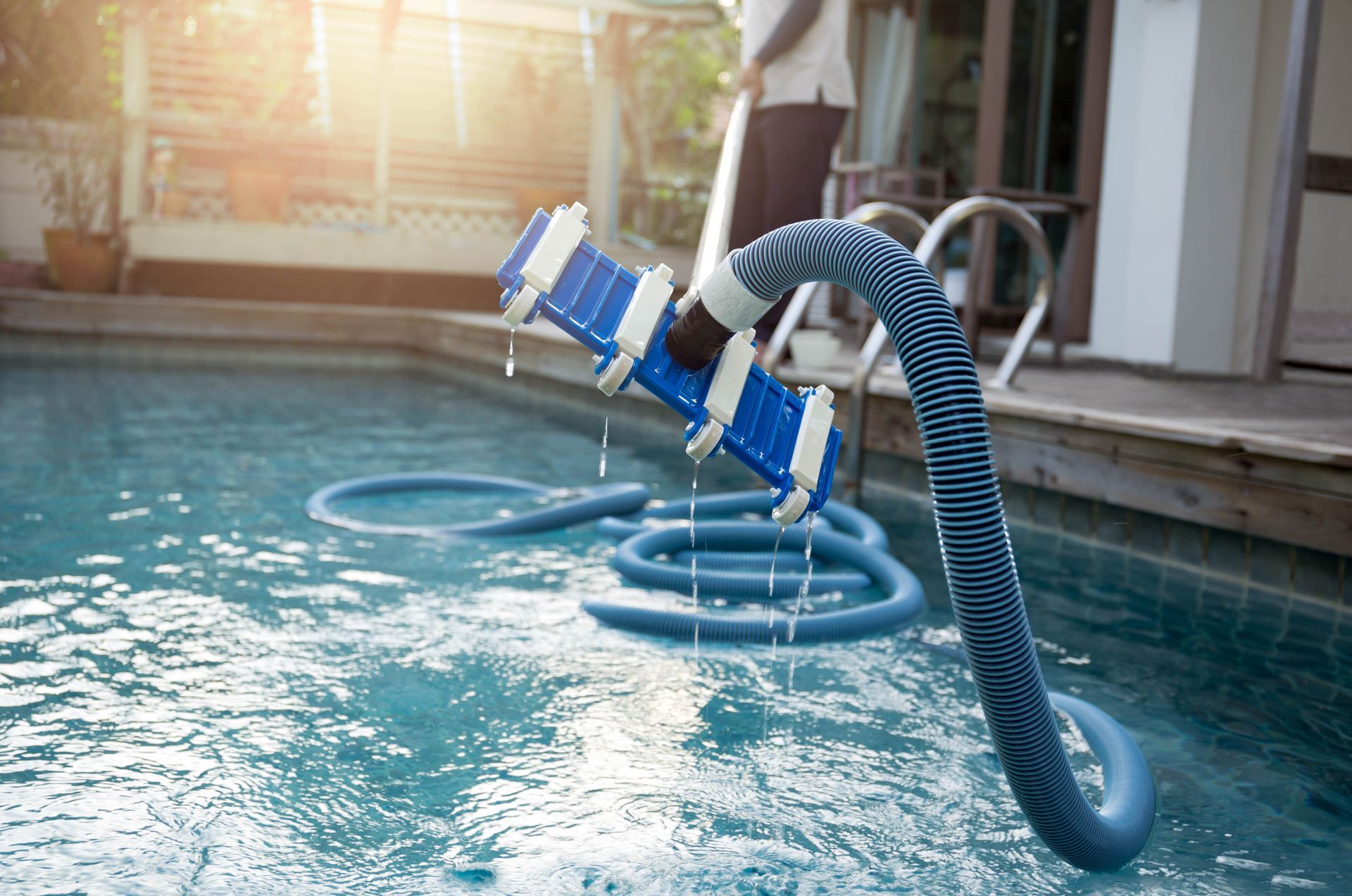4 Common Swimming Pool Issues That Only Get Worse Without Regular Maintenance
Swimming pools provide relaxation and entertainment, but they come with their share of responsibilities. According to HomeLight, approximately 8% of homes in the United States have a pool. Regular swimming pool maintenance is crucial for preventing minor problems from escalating into major issues. This article explores common swimming pool problems that can deteriorate over time if neglected, emphasizing the importance of upkeep to ensure a safe and enjoyable swimming experience. Investing time and resources into regular pool maintenance can significantly extend a pool's life and enhance the swimming experience. By understanding and addressing these issues early, pool owners can prevent costly repairs and ensure the pool remains an inviting oasis for years to come.
Algae Growth
Algae are resilient, plant-like organisms that commonly invade swimming pools and can thrive if not properly managed. Several types of algae can affect pools, including green algae, black algae, and mustard algae, each requiring different approaches for treatment. Factors such as sunlight exposure and imbalanced pool chemicals serve as primary catalysts for algae growth. Warm temperatures and stagnant water further exacerbate the speed at which algae can take over a pool surface. Combatting these conditions through regular maintenance is critical to keeping these intruders at bay.
Although algae itself is not directly harmful, the environment it creates can pose health risks to swimmers. Algae can harbor harmful bacteria and pathogens, leading to skin irritations, rashes, or infections when there is direct contact. Moreover, algae-laden pool surfaces can become slippery, increasing the risk of accidental slips and falls. Eye irritations and respiratory problems can also develop when individuals are exposed to algae-infested waters or inhale spores. Therefore, maintaining a clear, algae-free pool is crucial to ensuring the safety and well-being of all swimmers.
Preventing algae blooms starts with consistent and thorough cleaning practices tailored to disrupt their growth. Brushing the pool surfaces and vacuuming any debris weekly can significantly hinder algae formation. Chemical balance is another vital component, where maintaining the levels of chlorine and pH keeps algae from thriving. Pool shock treatments are advisable after heavy pool usage or a rainstorm as they eradicate any potential algae spores left behind. Consistency with these practices makes a substantial difference in preventing the proliferation of algae in swimming pools.
pH Imbalance
Maintaining the correct pH balance in pool water is vital for ensuring the health and longevity of the pool and its components. Changes in pH levels can occur daily due to various factors, including rain and debris falling into the pool. Swimmer usage can also impact pH levels as oils, sweat, and other substances can alter the water chemistry. High temperatures and sunlight increase water evaporation, concentrating chemical residues and further influencing pH balance. While these changes can be subtle and gradual, negligence can result in more significant imbalances that are costly to rectify.
Incorrect pH levels significantly affect the longevity and function of pool infrastructure and equipment. Low pH levels lead to corrosive water conditions that can deteriorate the pool liner, metal components, and filtration systems. On the other hand, a high pH level causes calcium buildup, known as scale, which can affect water clarity and the efficiency of heating elements. Prolonged exposure to improper pH levels inevitably necessitates repairs or replacement of affected components. Therefore, maintaining correct pH balance is crucial not only for water quality but also for protecting the investment in pool infrastructure.
Swimmer comfort is directly affected by the water's pH level, with imbalances leading to undesirable health experiences. Low pH levels can cause itchy skin, red eyes, and sore throats, creating discomfort rather than enjoyment during swimming. Conversely, high pH levels may result in bathing suits and swim accessories showing signs of premature wear due to increased water hardness. Overly alkaline water also affects swimmer buoyancy and water stability, which may present challenges for beginners or young swimmers. Ensuring proper pH levels is not only about preserving pool infrastructure but also about fostering comfortable and enjoyable swimming environments.
Clogged Filters
Pool filters play a fundamental role in maintaining clean and sanitary water, vital for a safe swimming experience. They work by circulating and filtering water, trapping debris, dirt, and other impurities from the pool. A consistent filter function ensures not only clarity but also reduces the presence of harmful pathogens and bacteria. Effective filtration minimizes the need for excessive chemical use, which can dominate a neglected pool environment. Without regular filter maintenance, however, these critical components are prone to degradation, leading to unfavorable swimming conditions.
Filter clogging can arise from multiple factors, some of which are due to normal use, while others result from external circumstances or neglect. Accumulation of organic matter, such as leaves, twigs, and algae, will inevitably lead to filter blockage over time. Ineffective pool covers or broken filter parts exacerbated by storms or windy conditions contribute significantly to rapid blockage. Improper chemical use, particularly in response to extreme pool conditions, can also result in excess coagulation blocking filter avenues. Regular inspection and upkeep of filters becomes necessary to mitigate these inherent challenges.
Identifying a clogged filter early hinges on recognizing specific signs that indicate reduced pool system efficacy. One of the primary indicators is the presence of cloudy water despite chemical treatments due to reduced water movement. A rise in the filter's pressure gauge signals the filter's struggle to manage an accumulated load. Decreased water flow from the pool’s jets suggests compromised circulation, negatively impacting overall filtration. These symptoms necessitate thorough investigation and immediate cleaning to restore light, circulation, and cleanliness to the pool environment.
Calcium Buildup
Calcium buildup, also known as scaling, is directly linked to the water's chemical hardness and excess minerals present. Hard water rich in calcium or inadequate chemical management can contribute to scale formation in pools. The imbalance occurs when calcium ions precipitate from the water, depositing onto surfaces and equipment. High temperatures and consistent water usage exacerbate the cumulative effect of these deposits, accelerating their development. Proper management of the pool's total alkalinity and pH levels is required to minimize unseen imperfections in water quality and impact calcium management.
Recognizing calcium deposits early allows for timely intervention, preventing more extensive problems from manifesting. Scale typically appears as a chalky residue on pool walls, steps, and heating elements, often accompanied by cloudy water. Surfaces hardened by deposits develop a rough texture, verifying the presence of calcium crystallization. Regularly examining returns and filters can reveal early signs of blockage before hard scaling becomes visible. Addressing these symptoms promptly keeps calcium buildup from progressing, preserving both aesthetic qualities and preventing functional impairments in pool equipment.
Effective calcium scale removal involves a two-fold approach that combines mechanical methods and disciplined chemical management. Chemical descalers dissolve existing calcium deposits, which can then be scrubbed away with specialized brushes or pumice stones. Preventing future growth requires rigorous testing and adjustment of the water's pH and calcium levels, utilizing sequestering agents where necessary. Maintaining optimal water conditions mitigates conditions conducive to scale formation, protecting pool elements from excess deposition over time. Implementing preventative steps reduces the frequency and severity of future scaling incidents, safeguarding the pool's components.
Maintaining a swimming pool goes far beyond aesthetics—it’s a commitment to safety, longevity, and performance. Regular attention to issues like algae growth, pH imbalance, clogged filters, and calcium buildup ensures that minor inconveniences never escalate into costly repairs. A well-maintained pool not only offers a healthier, more comfortable environment for swimmers but also protects valuable equipment and materials from premature wear. For swimming pool maintenance you can count on, contact Desert Bloom Pool Care today.





Share On: